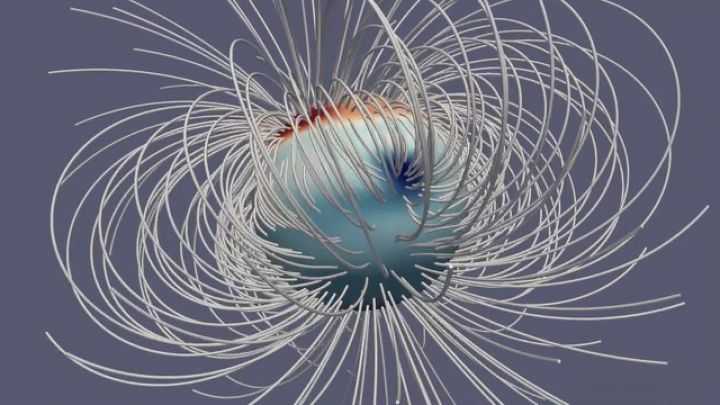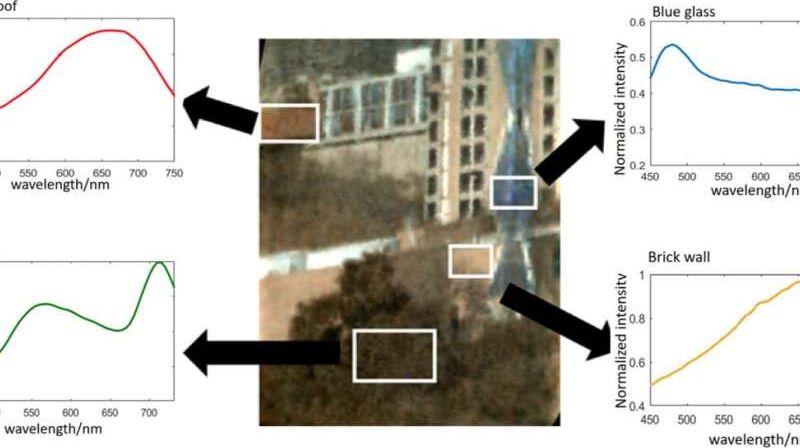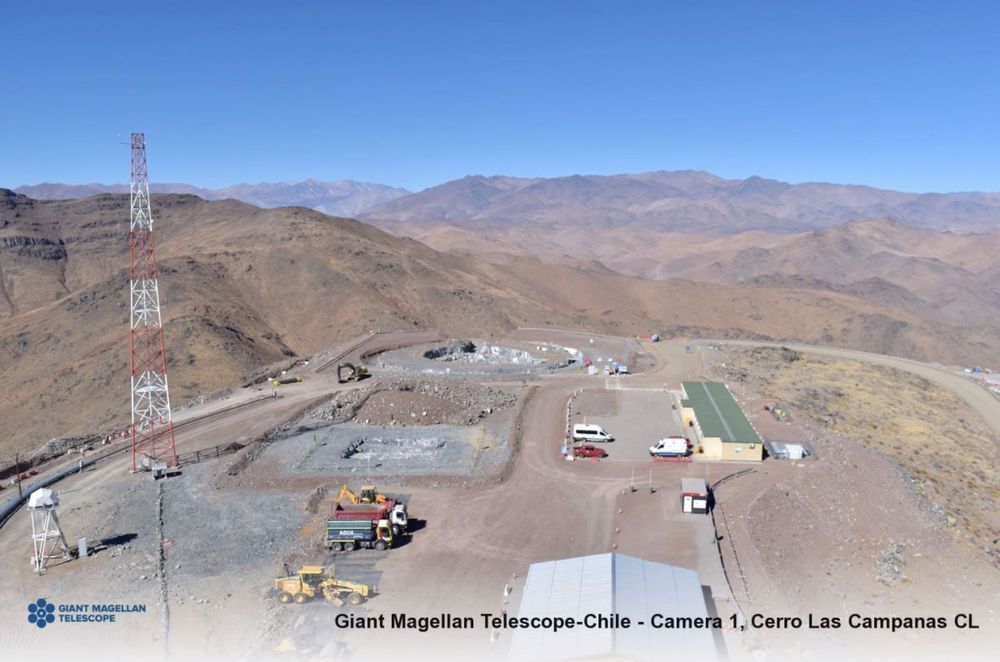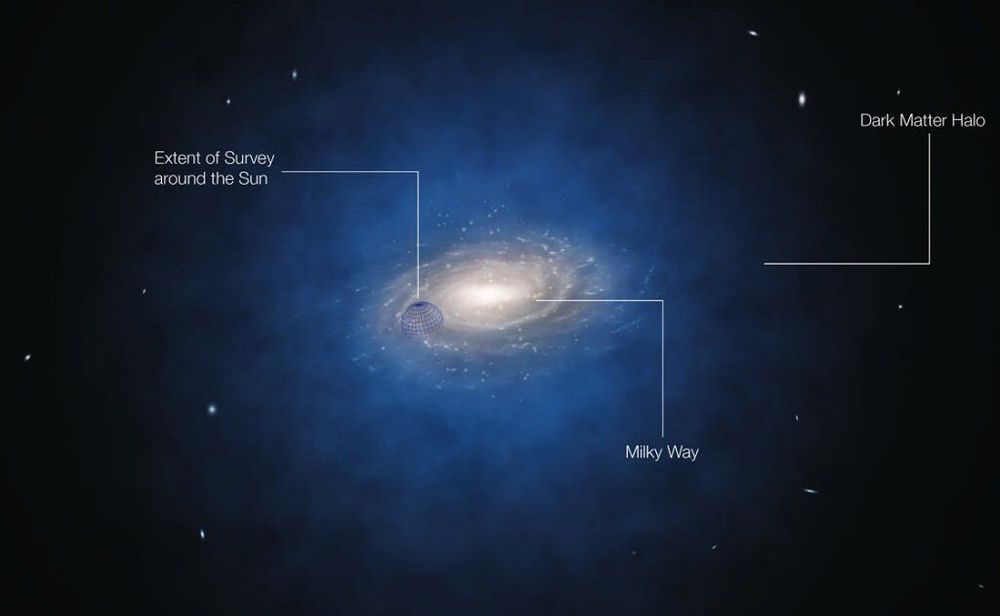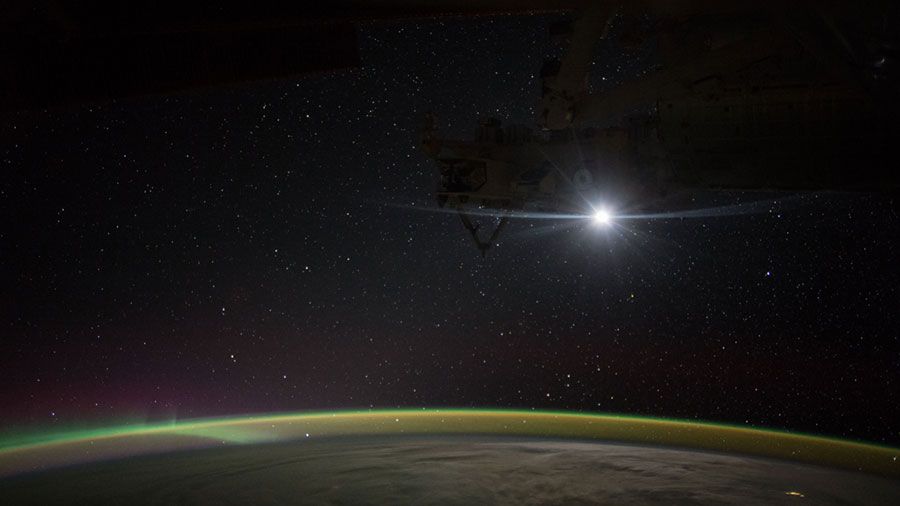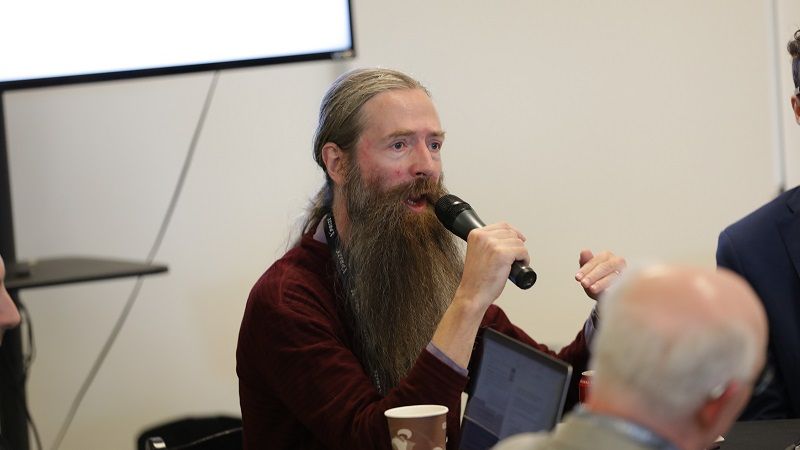May 20, 2019
NASA’s Juno Finds Changes in Jupiter’s Magnetic Field
Posted by Michael Lance in category: space
The discovery will help scientists further understand Jupiter’s interior structure — including atmospheric dynamics — as well as changes in Earth’s magnetic field. A paper on the discovery was published today in the journal Nature Astronomy.
“Secularvariation has been on the wish list of planetary scientists for decades,” said Scott Bolton, Juno principal investigator from the Southwest ResearchInstitute in San Antonio. “This discovery could only take place due toJuno’s extremely accurate science instruments and the unique nature of Juno’sorbit, which carries it low over the planet as it travels from pole to pole.”
Characterizing the magnetic field of a planetrequires close-up measurements. Juno scientists compared data from NASA’s pastmissions to Jupiter (Pioneer 10 and 11, Voyager 1 and Ulysses) to a new model ofJupiter’s magnetic field (called JRM09). The new model was based on datacollected during Juno’s first eight science passes of Jupiter using itsmagnetometer, an instrument capable of generating a detailed three-dimensionalmap of the magnetic field.
Continue reading “NASA’s Juno Finds Changes in Jupiter’s Magnetic Field” »
